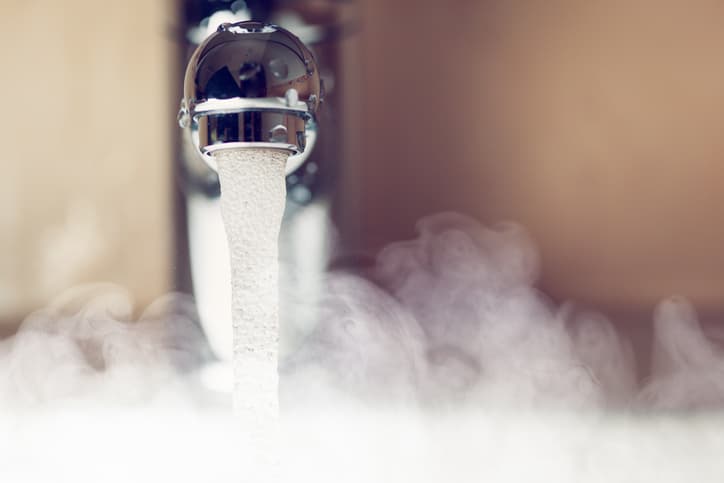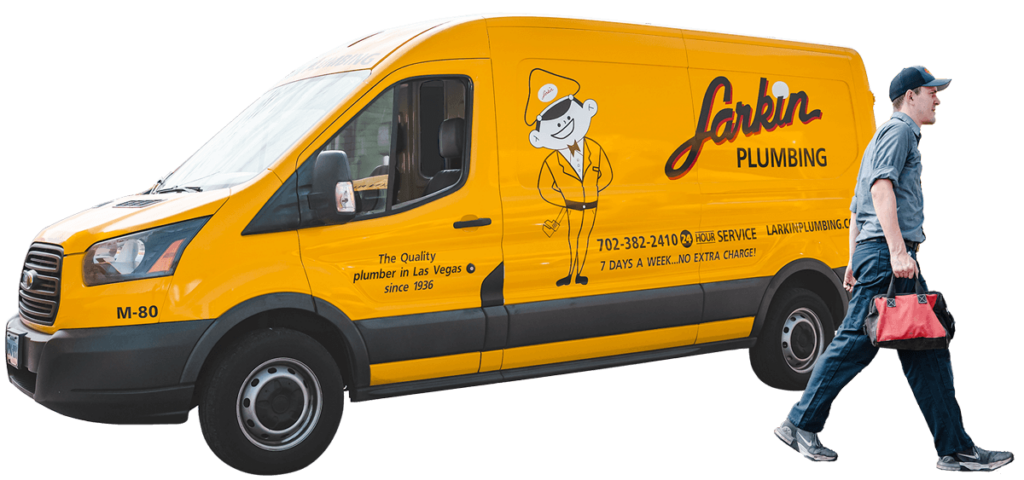
Some homeowners began using dry sinks made of stone or metal in the 1700s. Dry sinks enabled homeowners to wash themselves or their food indoors. Enamel sinks used in the 19th century started to face competition from sinks built into cabinets in the 1920s, and plumbing codes and advancements in the 1930s paved the way for indoor plumbing to become commonplace.
Today, indoor plumbing is standard, and most homes come equipped with kitchen sinks, bathroom sinks, and utility sinks, and they all come in various shapes and sizes. Homeowners may choose between multiple types, including apron, undermount, double, and single sinks. Despite how common they are, most people are unfamiliar with all the parts of a sink. Learning about sink plumbing parts can help you know when a plumbing problem is severe enough to call a plumber.
Sink Parts
Modern sinks enable people to use water indoors. Sinks are locations where you can run and hold water without spilling it on the floor. Sinks also drain water and send it to public sewers or the home’s septic system.
All sinks share some common sink parts. Opening faucets allows water to flow into the sink. Sinks have a basin, or tub, that holds the water. Tubes connect the faucet to the water pipes, and drain pipes connect the basin’s drain to the pipes leading to septic tanks or sewers.
Bathroom Sink Parts
There are usually fewer parts in a bathroom sink than in a kitchen sink. People mainly use bathroom sinks to wash their hands, which is why bathroom sinks have smaller basins than kitchen sinks. Common bathroom sink materials include enameled cast iron, china, and acrylic.
In addition to the common sink parts found in all sinks, bathroom sink parts include the following:
- Clevis: This piece bridges the stopper and pull rod operating pop-up drains. A damaged clevis can prevent the pop-up drain from opening or closing.
- Mechanical pop-up stopper: This built-in stopper can close and form a seal, preventing water from draining from your sink. When opened, it allows water to drain.
- Shut-off valves: Supply hoses connect your sink’s faucet to your water pipes. You’ll find your shut-off valves where the hoses and pipes connect. Closing the shut-off valves enables you to prevent water from reaching the faucet.
Kitchen Sink Parts
The sink style determines what kitchen sink parts you’ll find in your sink. Many kitchen sinks have a spray hose in addition to a faucet. The spray hose is a popular feature enabling users to expand their reach and clean larger items. You’ll also have focused water pressure from your spray hose, making it easier to clean dishes. In addition to a drain, kitchen sinks with garbage disposals will also have a disposal flange.
Sink Faucet Parts
The faucet delivers water to your sink. Nuts and washers attach the supply pipes to the shut-off valves linking to the hot and cold water lines. Compression couplings and washers connect the pipes to the pipes descending from the escutcheon, the piece of metal below the faucet handles sitting at the back of your sink. The faucet body ascends from the escutcheon. It connects to a lever and a spout.
Kitchen sink faucets may also have a spray hose connecting a sprayer to a supply pipe descending from the middle of the escutcheon. A washer and nut connect the sprayer to the hose.
Sink Drain Parts
A sink’s drain provides a path for water to leave the sink. It connects to a series of pipes and other components under the sink.
Bathroom Sink Drain Parts
The parts of your bathroom sink drain include:
- Drain pipe: This is the pipe that bridges your P-Trap and the septic or sewer lines.
- Drain Tailpiece: This straight pipe connects your sink’s drain to the pipes, removing wastewater from your building. The pipes connect to your sink and other pipes with threaded rings, nuts, and washers.
- P-Trap: This is a U-shaped pipe connecting the drain tailpiece to the sewer or septic line. The bend in this pipe keeps water in that space and keeps sewer gasses from reaching your sink.
- Slip-Nut Joints: These joints connect the drain pipe to your P-Trap and sewer or septic lines.
Kitchen Sink Drain Parts
In addition to the drain pipe, P-Trap, and tailpiece, the parts of your kitchen sink connecting the sink’s drain to those pipes include the following:
- Strainer flange
- Rubber gasket
- Friction gasket
- Strainer nut
Kitchen sinks may also have a pipe that connects and supplies water to a dishwasher. Kitchen sinks with garbage disposal under the garbage disposal flange. The garbage disposal also has pipes connecting it to the P-Trap.
Benefits of Hiring a Local Plumber
Sometimes, homeowners can perform basic repairs. However, even a straightforward plumbing task, such as removing a faucet, can become complex if it’s an older faucet or has additional components, such as a sprayer.
There are also times when plumbing repairs are unexpected. Several potential issues could cause water stains on the bottom of your vanity or the ceiling of the room below your sink. Making errors while repairing pipes could cause a flood, leading to more water damage and increasing the cost of repairs.
Plumbers spend years completing an apprenticeship, learning about commercial and residential plumbing from experts in their field. Your licensed plumber brings those years of experience and depth of knowledge to every plumbing issue they tackle, enabling them to identify issues quickly. Your plumber can also source parts, so you don’t spend extra time shopping for the needed items. Hiring a residential plumber takes the guesswork out of plumbing issues and ensures you get expert repairs and upgrades that resolve your plumbing needs.
You may be able to perform minor repairs with a basic understanding of common sink parts and how they work. However, more complex issues with modern sinks may require the services of a plumber.
Sources:
How to become a Plumber, Pipefitter, or Steamfitter. (2022).
Pearlstein, K. (2022). American Kitchen Sinks: A Snapshot of History.
Wallender, L. (2022). 10 Kitchen Sink Types, Pros and Cons.

